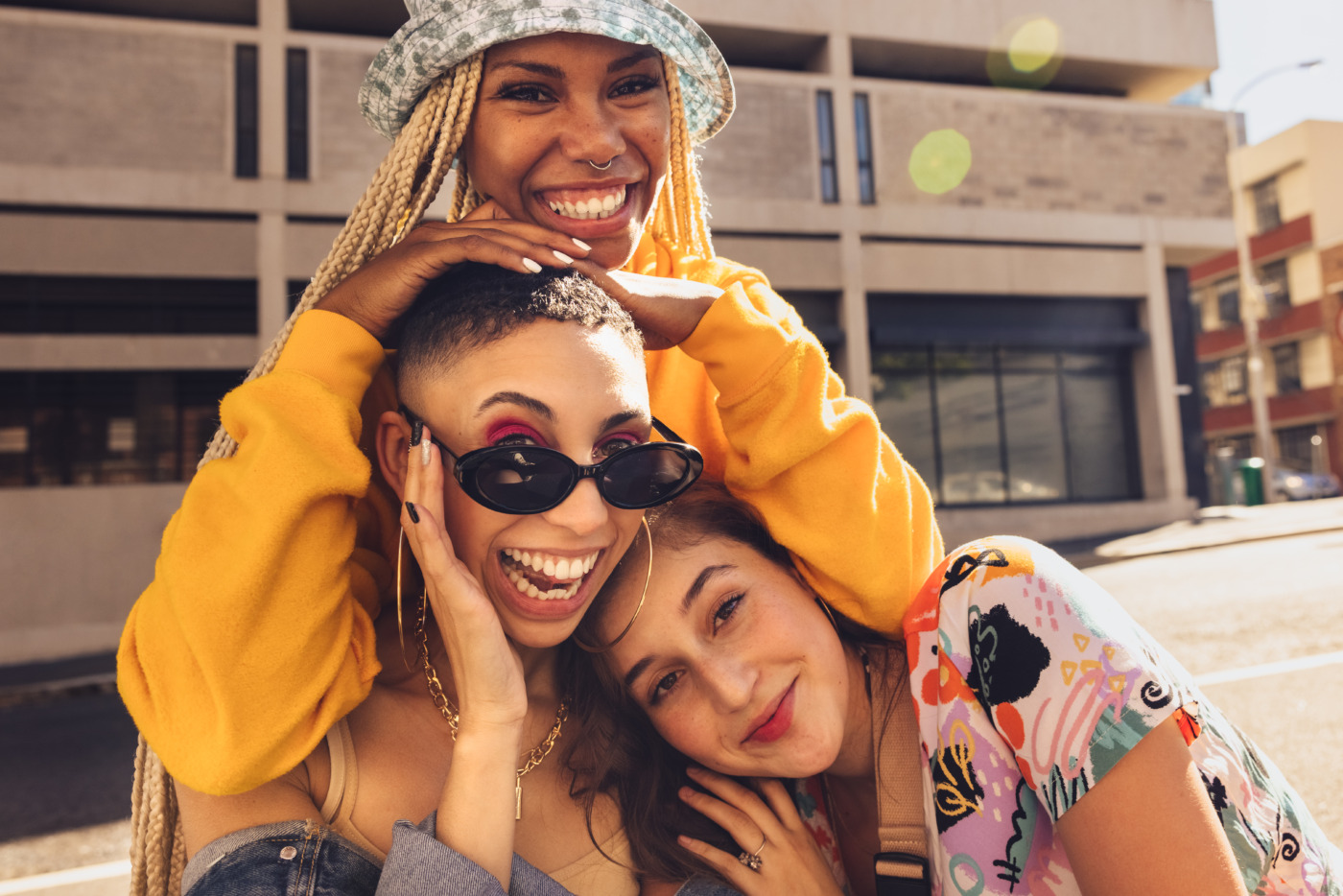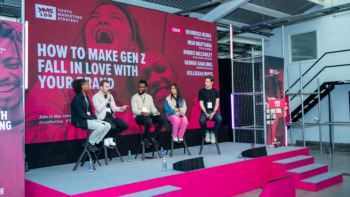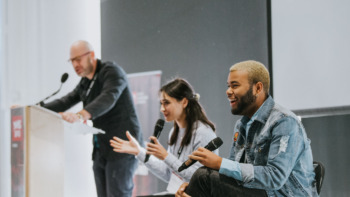Having a purpose is more important to Gen Z than ever before: they want to do good and they want brands to stand up for what’s right. But staying relevant in a changing world is difficult, and sometimes it can feel like the worlds of purpose and profit will never meet.
But there are huge, huge benefits to integrating social impact into your brand’s strategy, and purpose and profit can go hand in hand. By creating a holistic brand experience, we can all work together to do good in the world and ensure lasting success. But how can this be actioned?
In our recent webinar, From Purpose to Profit: How to Leverage Social Impact for a Thriving Ecommerce Strategy, we spoke about the importance of social impact when it comes to driving growth. We heard from experts Dr Shani Dhanda (a Disability Inclusion and Accessibility Specialist), Paul Ellingstad (Managing Partner at PRI Advisors) and Breige Grogan (Founder of Little Rock Digital), and discussed everything from why brands should be getting involved to challenges. In this blog, we share some key takeaways.
Why should brands be involved in social impact work?
We all know that getting involved in social impact work is the right thing to do, but for brands, it’s way more than that: you have a responsibility. Dr Shani Dhanda praised brands’ ability to quick, actionable change, stating: “Brands can respond quickly to social issues and crises, and when we compare that to relying on the government, there are lots of delays and [issues with] funding. A business or retailed is poised to do this kind of work.”

And petitioning for change will have a real impact on your Gen Z audience too, both in terms of how they interact with brands and the decisions they make as individuals – after all, they care about what you do and where your money is going. “We know that brands represent trust and identity and values”, said Paul. “They’re representative of their consumers and societies in which they operate, but they also influence as well.”
Additionally, engaging with important sociopolitical issues can humanise your brand – something which will only deepen the connection between you and Gen Zers.
Adapt and overcome: How to approach challenges when integrating social impact into your strategies
Our experts identified two common problems that businesses come up against when trying to build out their social impact strategies: a lack of internal diversity and trends.
Having a lack of diversity internally, of course, impacts external decisions. Without a diverse group of people and opinions, there are oversights. For example, with no working parents on a senior leadership team, there will undoubtedly be a lack of understanding in regard to what affects a working parent. Want to overcome this issue? It’s quite simple: hire a diverse group of talent and work alongside the communities and individuals you’re targeting.
Jumping mindlessly onto key movements can also get you in a bit of bother, mainly when there’s limited understanding or action behind it. Dr Shani discussed this in relation to the resurgence of the Black Lives Matter movement following the murder of George Floyd in 2020, saying “So many brands took so long to do anything, and when they did… was it meaningful?!” In order to make a real difference (and be authentic), it’s vital that brands have an in-depth understanding of the movements they’re supporting and that there is a willingness to back up comms with action.
Case study: Virgin Media
During the session, Dr Shani Dhanda discussed an insightful case study from her time working alongside Virgin Media. Check out how they overcome their issues and the great results below.
The problem
Ever the champions of social impact, Virgin were actually supporting too many causes, and as a result, struggled to streamline its social impact story.
The solution
Virgin worked to strip it back, deciding to focus on fewer things but do them really well. By having a clear understanding of what their business did (connecting people through digital, communication and technology means), they were able to focus their strategy.

The results
The brand realised that they could have the greatest impact on the disabled community – individuals who, as shared by Dr Shani, are some of the most socially isolated in the UK. Virgin wanted to remove barriers for their disabled customers and disabled employees, and partnered up with charity Scope to get an in-depth understanding of the issues at hand.
Suddenly, because the brand understood what life is like for disabled people, they were able to appreciate additional challenges that the community faces. Their journey led to the creation of a B2B community partnership with Scope, they supported millions of people in their job searches and broke down communication barriers.
How can brands involve their target audience in driving positive change?
Understanding social impact issues is most effective when working alongside those communities who are impacted. After all, they’ll know what their pain points are and will understand what actionable change they want to see from brands. But how can you get your audience and communities involved?
- Communicate openly, advised Dr Shani Dhanda. “Tell your [customers] about what your goals are and be honest in your reporting. And cut the jargon! Make sure that your communication is accessible.”
- Welcome feedback shared Breige. “New generations don’t want to be asked [to feedback] anymore – they actively come to your socials and that’s wonderful. The more you hear from people the better.” Just take a look at the McDonald’s paper straws campaign – this grassroots movement led to the changeover from plastic straws to paper ones!
- Invite customers in for the VIP experience. “What’s becoming more popular in ecommerce is [having] a panel of VIP customers (the committee) who can test products, feature in social media etc. It takes confidence and a bit of effort but it’s worth it!”, shared Briege.
And remember, Gen Z are our next leaders and changemakers. As Breige said: “The next generation are going to change the world because they’re not waiting to be asked anymore.”

Key takeaways
- “Commit. This is f*cking hard. In a world of convenience where we’re looking for shortcuts, this is the right thing to do but it takes the effort.” Paul Ellingstad
- “Don’t try and back every horse. I think brands can sometimes get caught up in things that are popular and they want to be all things to all people, but it’s not possible to do that and do it well.” Breige Grogan
- “Involve the community from the beginning and really get to the root challenges and structural inequalities. You don’t have to do it on your own.” Dr Shani Dhanda
Like what you’ve read? You can watch the full webinar on-demand, now.















